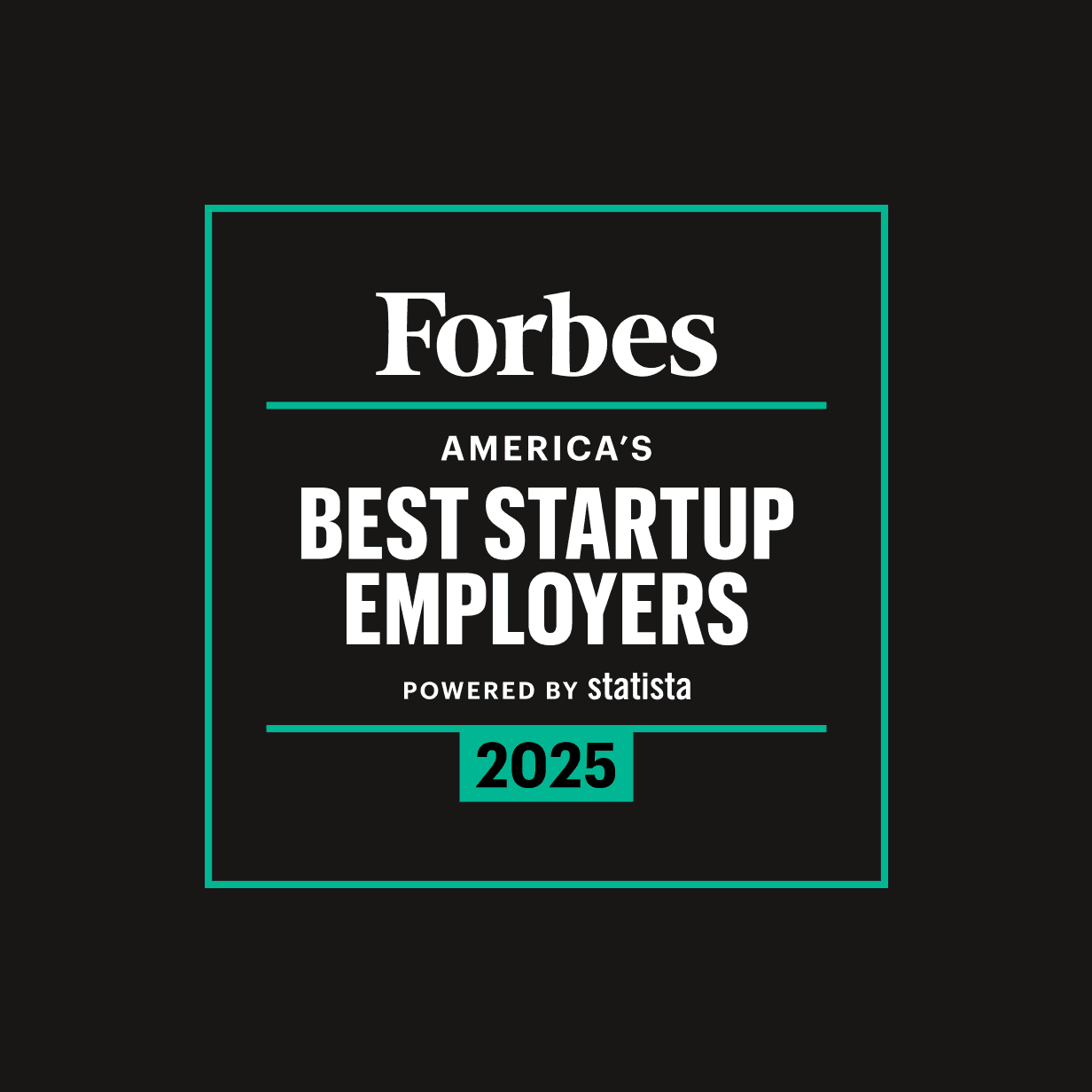Today, we’re excited to highlight a feature that marketers using Hightouch have been clamoring for: Journeys.
Why We Developed Journeys
Most marketing platforms like email providers have journey builders–so why have our customers been asking us to develop our own?
The reason is simple: they're already using Hightouch to coordinate data-driven marketing across multiple tools and channels. Customer Studio lets marketers build audiences once, from their complete data in the data warehouse, and then sync them to all their tools. Similarly, split-testing allows marketers to A/B test their audiences within and between their different channels.
Our Journeys feature extends the superpowers that Customer Studio gives to marketers. Now, marketers can reach their audiences with multi-step, branching customer journeys. These journeys can work across any marketing channel or platform since Hightouch connects to all of them.
Another thing that makes us different is that marketers can trigger each step in their journey based on any data in their data warehouse, including offline customer behaviors like in-store purchases. Whatever data you have, whatever format it is in, we can use it to trigger journeys and dictate logic.
Building Cross-Channel Journeys
Let's walk through an example of a cross-channel campaign that Journeys enables.
Let's say you are a marketer at a retailer tasked with increasing customer lifetime value (LTV). You have recently discovered that repeat customers who make a second purchase are five times more likely to continue buying from you. You want their loyalty, so your goal for this journey is to drive new customers to that second purchase.
Your first step is to create the audience you want to target in this journey. You can do this in just a few seconds with the audience builder in Hightouch. Here, you can see I've built an audience of customers who have made one purchase more than 30 days ago but have not made a second one since then.

Building an audience of customers who made only one purchase.
From this audience, you can build a branching journey of actions. In this case, you decide to first segment your customers based on whether or not they gave you consent to email them. For consented customers, you send an initial outreach via Salesforce Marketing Cloud. For non-email-consented customers, you sync them to Facebook so you can retarget them there with an advertising campaign.

Building a journey that reaches customers via either Facebook or Salesforce Marketing Cloud, depending on whether we have their email addresses.
You can continue to add branching logic for your campaigns based on customer actions. If customers complete their second purchase, you can write "exit rules" to remove them from this journey–mission accomplished! If not, you can try alternative strategies to engage them, such as targeting them with advertising via The Trade Desk, which will help expose your brand to them across thousands of other sites on the open internet.

We've met our goals if users purchase within a week of starting this journey. If not, we can reach them on additional channels, such as The Trade Desk.
Getting Started
As you can see, Hightouch's Journey builder is easy to use and infinitely flexible. You can use any data in your data warehouse to build audiences and further segment your journeys. This makes managing customer touchpoints across all your channels and tools easy. If you're interested in trying Journeys out for yourself, we'd love to talk!















